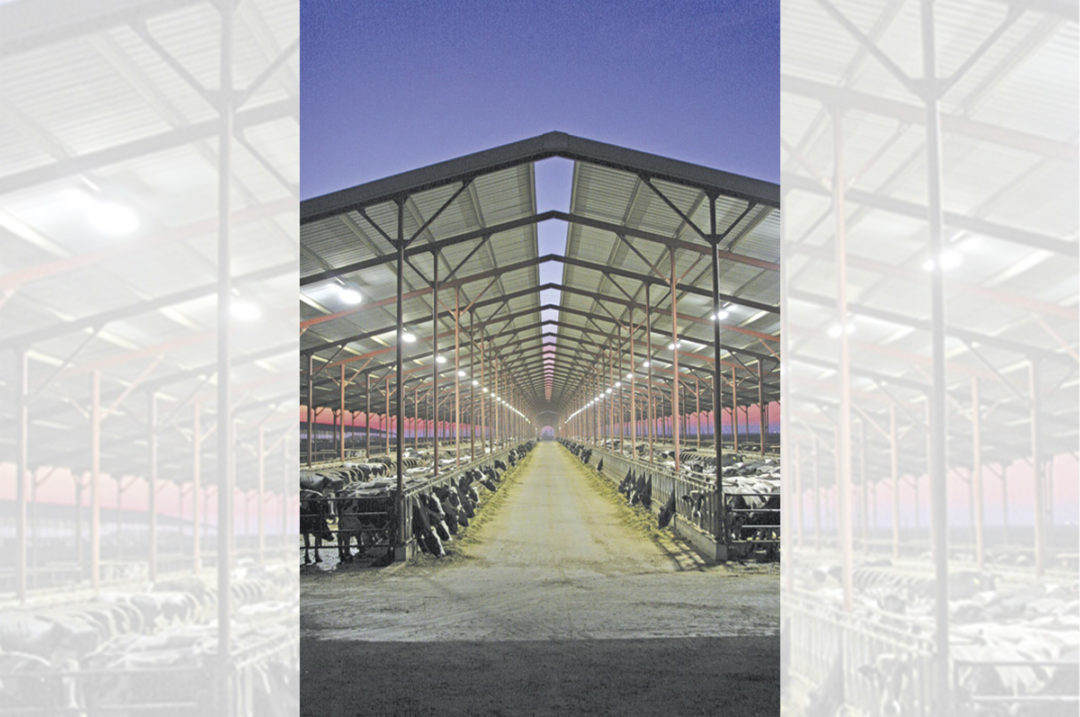No dairy producer has the exact same set of tools on their farm. A few core items might be similar, but every producer’s toolbox is going to look different. The same goes for a reproduction program. There isn’t a single approach that’s going to work for everyone.
Researchers have dialed in the science of how to create effective synchronization programs, but now producers must go back and customize the programs to fit their herds’ specific needs. If I could give each producer some foundational tools for building a complete reproductive toolbox, I’d provide them with the following:
1. A strong team
Every synchronization program should start with the right team of people – it requires a perfectionist mindset from everyone involved. Any employees who are part of the program should be well trained. The closer they can follow your synchronization schedule, the more success you’re going to see. To ensure employees are as compliant as possible, consider the following:
- Show employees how you want things done and explain what you’re doing. Have occasional refresher courses to remind the experienced workers of the correct procedures.
- Help employees understand the “why.” People are more likely to continue established procedures if they understand why they are doing them.
- Clearly post protocols in the languages your workers speak to enhance understanding.
It’s also important to utilize your outside team. This will likely include a veterinarian, artificial insemination technician and nutritionist. A good team is going to help you stay current on the latest reproductive trends and also help you catch unseen problems.
2. A clear set of goals
When working on a synchronization program, clearly outline measurable and trackable goals in a software system. Conception rate, pregnancy rate, heat detection rate and days to first service is a good place to start.
We also want to identify any areas that need improvement. Sometimes it requires a little bit of work to uncover. For example, if a producer isn’t happy with their pregnancy rate, we need to dig deeper and start asking questions. Is it because we are not seeing enough cows in heat? Is there an issue with our first-service conception rate? Are there problems that stem back to the transition period?
To ensure your goals are realistic and achievable, make sure you understand the strengths and limitations of your management. The right program is the one your dairy can implement day in and day out.
Research might say there is a synchronization program that works best when compliance is 100%, but a complex synchronization schedule isn’t going to work on every farm. Technology also advances quickly, and research is ongoing, so the best strategy will continue to evolve.
Your farm’s strategy may also change as your facilities and personnel change. Additionally, the incremental differences between the best program and the second-best program may not be worth the additional investment of labor and products for some operations.
3. A trust in the science
Producers who experience the most success with a reproduction program trust the science behind the program. They know waiting to breed cows until they come into heat on their own isn’t the best tactic anymore. The latest research suggests that implementing 100% timed-A.I. for the first service is beneficial, and the farms with the highest levels of reproductive success find ways to incorporate both heat detection and synchronization into their reproductive programs.
We also want to ensure we’re using well-researched hormones. Just like there are differences between antibiotics and vaccines, there are differences between hormones. Work with your veterinarian to find products that will work best for your farm and read the instructions on the product labels carefully.
4. A diligent monitoring system
The most common mistake I see producers make with synchronization programs is the “set it and forget it” approach. If we’re not monitoring our program, it’s going to be tough to make changes before they become problems. Be intentional about reviewing your program. A good place to start is having regular discussions with your team. That’s when we’re going to catch something we’re not seeing week to week or pregnancy check to pregnancy check. It’s also a time to hear recommendations from others on how to improve.
These four tools are only one part of a producer’s larger toolbox to reproductive success. Getting cows pregnant requires keen attention to the overall health of the cow, especially during the dry and fresh periods.
PHOTO: The right people, clear goals, protocols and monitoring systems are the most important tools in a successful repro management program. Courtesy photo.







